
The Epiphone 1820 bass was produced at the very well regarded Matsumoku plant in Matsumoto, Japan between 1970 and 1975. It was the first Japanese Epiphone bass (alongside the 5120 electric acoustic), but was renamed ET-280 in 1972, and it is better known by this name.
Determining a precise date of manufacture for early 1970s Japanese Epiphones is not possible. Potentiometers typically have no codes, serial numbers (apparently) contain no useful information, and neither are there any date stamps to be found anywhere on the bass' body or neck. However, like all guitars with any significant length of production, it is possible to narrow it down to give a ballpark date. Changes in hardware over time do give some clue as to a production year, and it appears that this bass is an early example, so technically an Epiphone 1820 rather than an Epiphone ET-280. Luckily, over its four years of manufacture, the brochure / price list photographs have been updated repeatedly - often not the case - with many manufactures / dealers simple reusing the same old image.


This guitar is very similar to the example pictured in the 1971 Pick Epiphone brochure, and without many of the features shown in 1972-75 publicity. It lacks the Epiphone 'E' logo shown in all brochures from 1972, has a four ply scratchplate (from 1973 brochures show this to be single ply black). Finally it has the unbranded arched truss rod cover - again a feature only pictured in 1971 literature - 1972 examples also have an Epiphone 'E', from 1973, the shape changes to the larger arch with cutout tip.
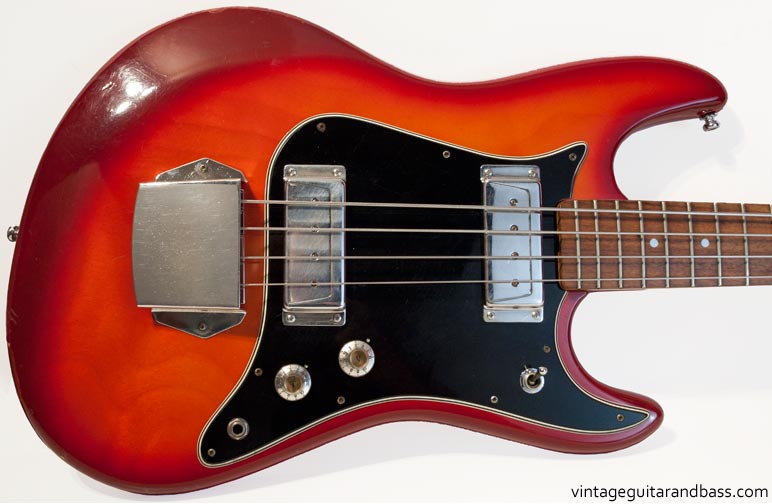
The Epiphone 1820 was based on an existing Matsumoku bass - and although the Epiphone got a new neck with 2x2 tuning keys, it kept the same offset body style, hardware and pickups as these earlier models. Controls are simple: volume, tone and a three way (neck / both / bridge) pickup selector switch.
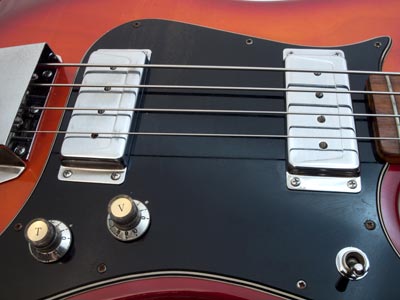

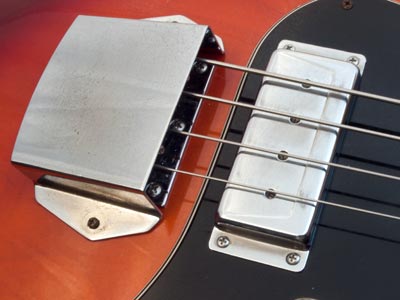
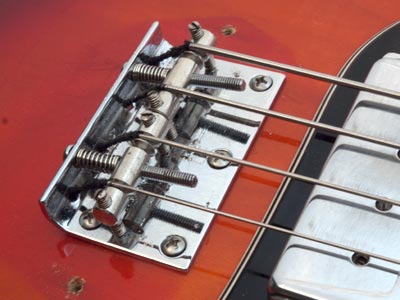
The Epiphone 1820 / ET-280 bass bridge with and without its cover. The bridge itself has two height adjustable saddles, with strings mounted to the bridge base. The short distance between the baseplate and the saddles necessitates the use of strings without silk windings at the ball end (unlike in the pictures here! Look at the E string in the image below specifically). Failing to do this can make it quite difficult to achieve accurate intonation.

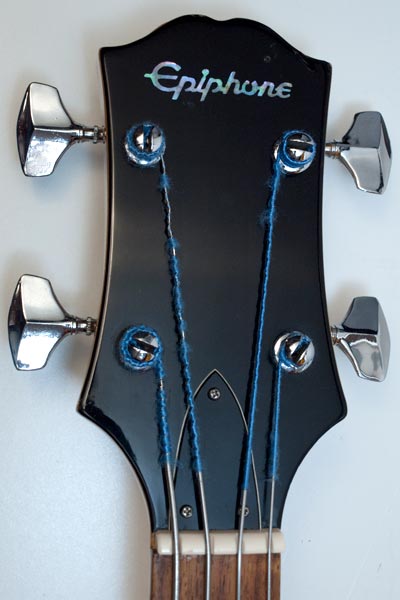

This is a cool bass with some good basic sounds. Its lack of adjustability (specifically in terms of pickup height) let it down somewhat: this example at least could have been made more playable if the bridge pickup could have been lowered slighty.
Subscribe to the vintageguitarandbass youtube channel for more vintage guitar and bass demos. Also, check out the other Epiphone ET-280 videos (different amps, different settings) in the supporting members area.
Find out more about this amp here 1964 Ampeg B-15N
The Ampeg B15 is an incredible amp, with some absolutely gorgeous sounds. The Epiphone 1820 is a good solid bass; nice sounding, with no tonal extremes. But like any other bass, it sounds awesome through a B15. Strung here with Rotosound RS77S short scale flatwound strings. Check it out!
Recorded here with a Heil PR-40 (left channel) and a Shure SM57 (right channel), through a Focusrite Scarlett 2i2 interface - highly recommended gear!
The Epiphone 1820 as it was initially named (or the ET-280 as it was better known), was a 30 inch scale solid body, based on Aria's model 1820 bass, but with a few extra enhancements, most notably a 2x2 headstock and nice pearl Epiphone inlay. The pickups are nice sounding, but lack any adjustability, and can be slightly microphonic at times. This is a pretty early example - by the end of production, examples with height adjustable pickups were being shipped. Strung with Rotosound RS77S short scale flatwound strings.
Recorded through a Focusrite Scarlett 2i2 interface - highly recommended!
Extra content on this guitar is included in the Supporting Members area here
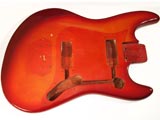
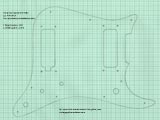
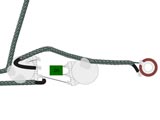
$700
$700
£598